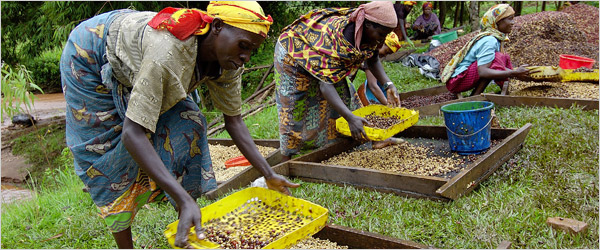Rwanda - Economic Summary

Between 1990-95 Rwanda’s economy was among the slowest growing countries but as a result of Rwanda recovering from their civil war on genocide they are now one of the fastest growing countries in Africa and the world. Although their economy is growing there is still a great deal of poverty. Rwanda has the highest percentage of people living in rural areas with about 92% of the population. These people in rural areas work as subsistence farmers. Agriculture makes up a large portion in the GDP in 2001 is accounted for 44%. The main food crops are bananas, pulses, sorghum, beans and potatoes; cattle, goats and sheep are also raised to provide food. Tea and coffee are the main cash crops, although they generate under 2% of GPD , they contribute close to 60% of the export earnings. Minerals such as cassiterite (used as a gem) and wolframite (used by the military) are mined significantly. Lake Kivu produces a natural gas for Rwandans and is well stocked with fish. Rwanda’s GPD totals 8.057 billion, their exports account for 184 million and import 637 million. Rwanda relies heavily on imports but because they are land locked it is harder to acquire goods. They have a good road network but no railroads making it even harder to get goods into the country. Products that Rwanda imports are significantly more then the earnings they receive from exports such as tea and coffee. Rwanda trades mainly with Kenya, Germany, Belgium, Uganda and China. They rely on aid from outside to balance their national budget, finance foreign purchases and fund development projects.
